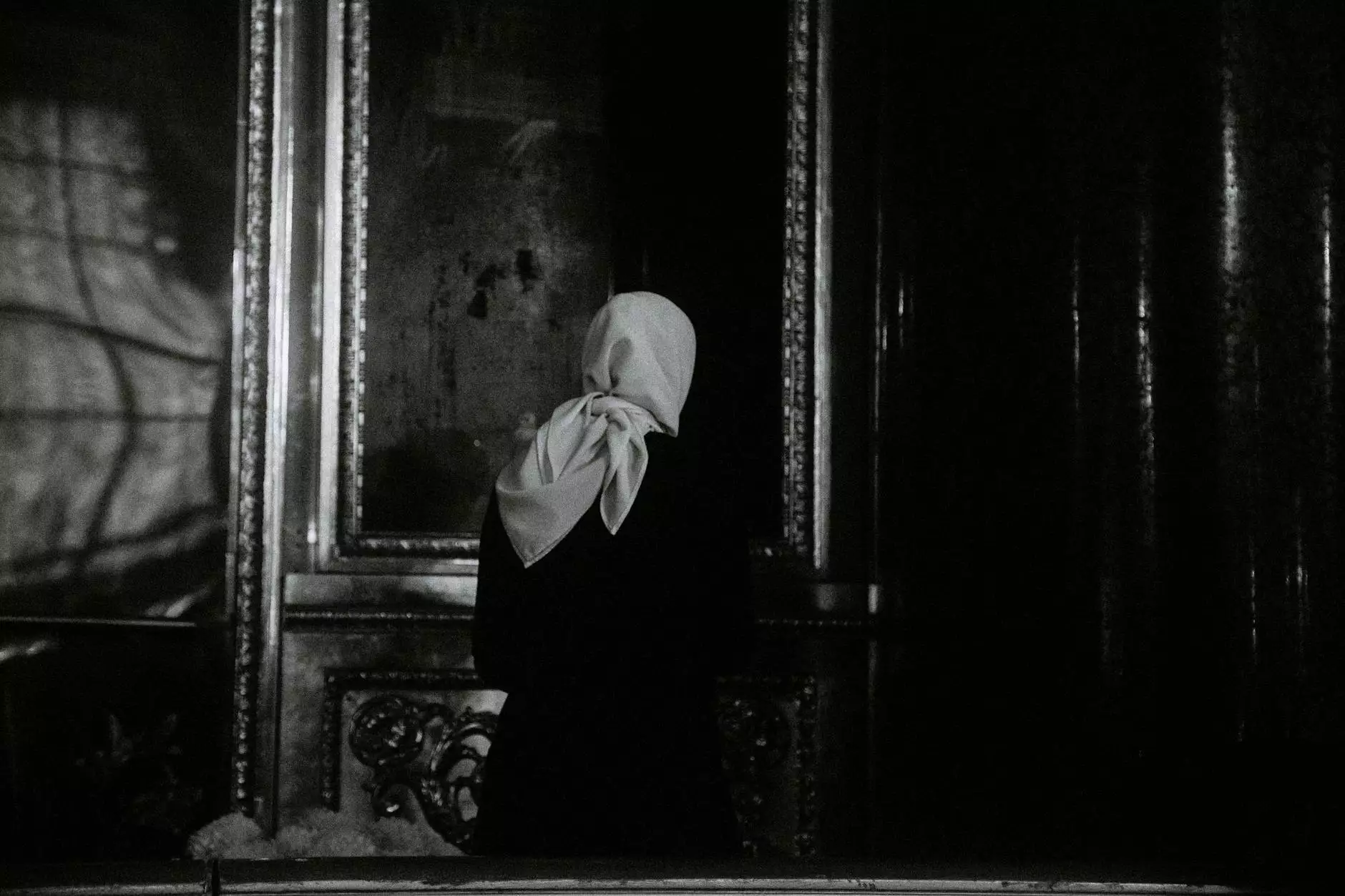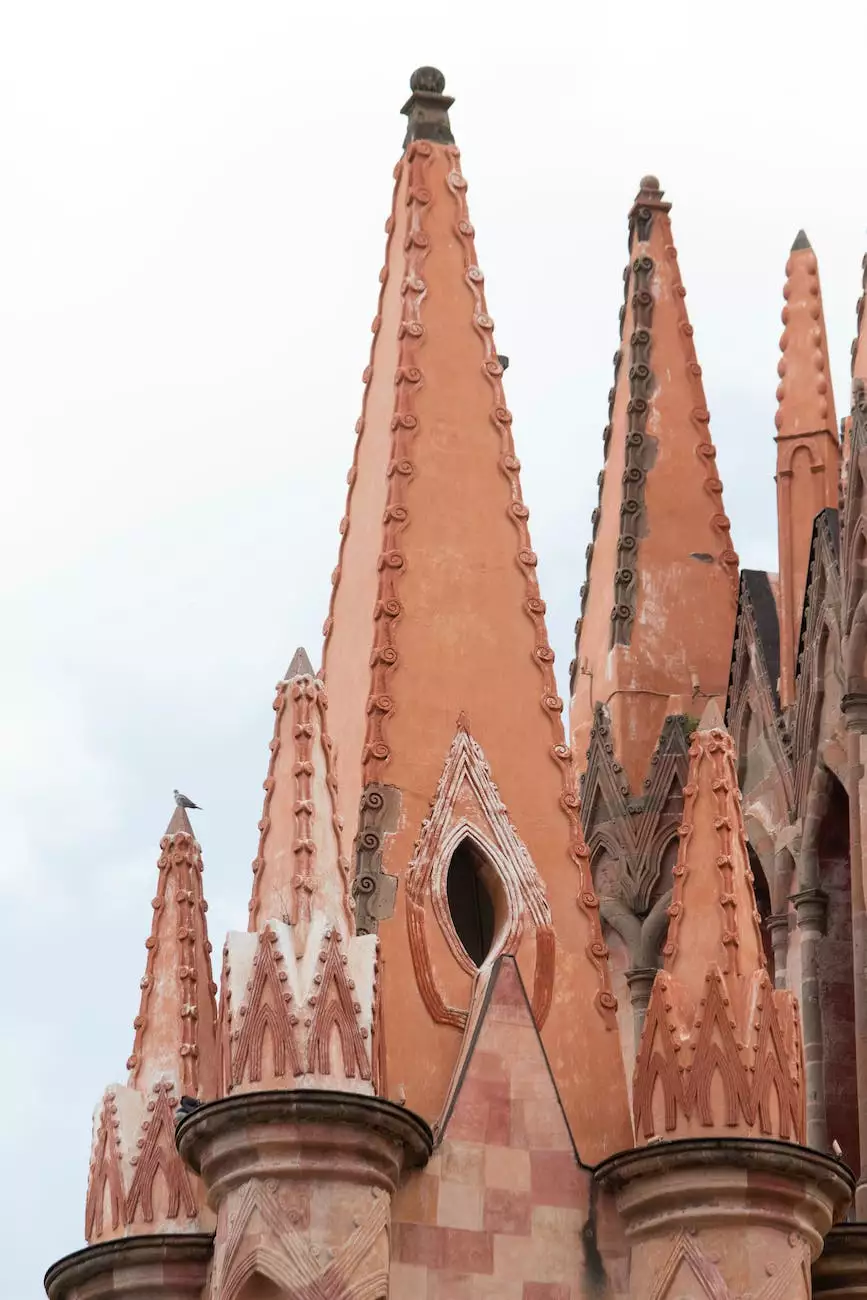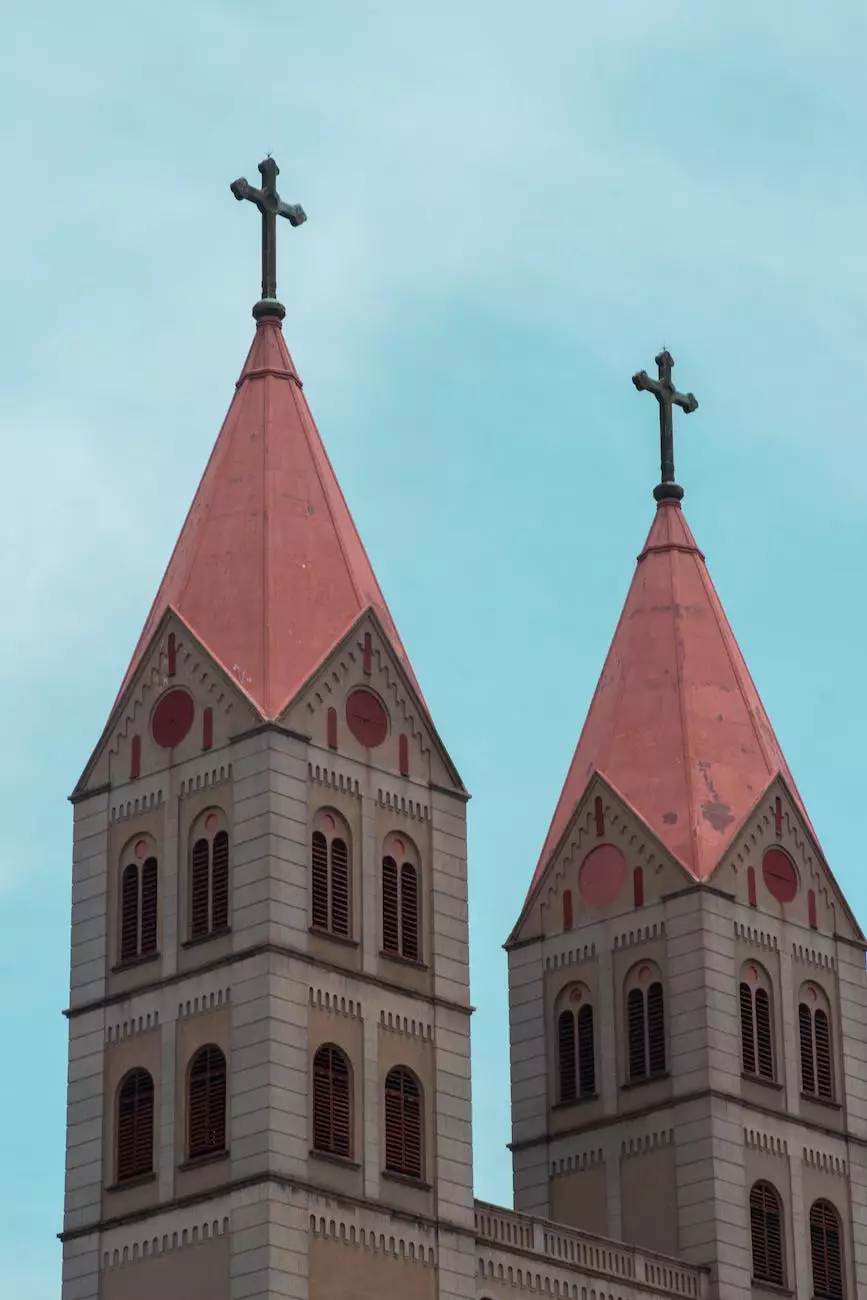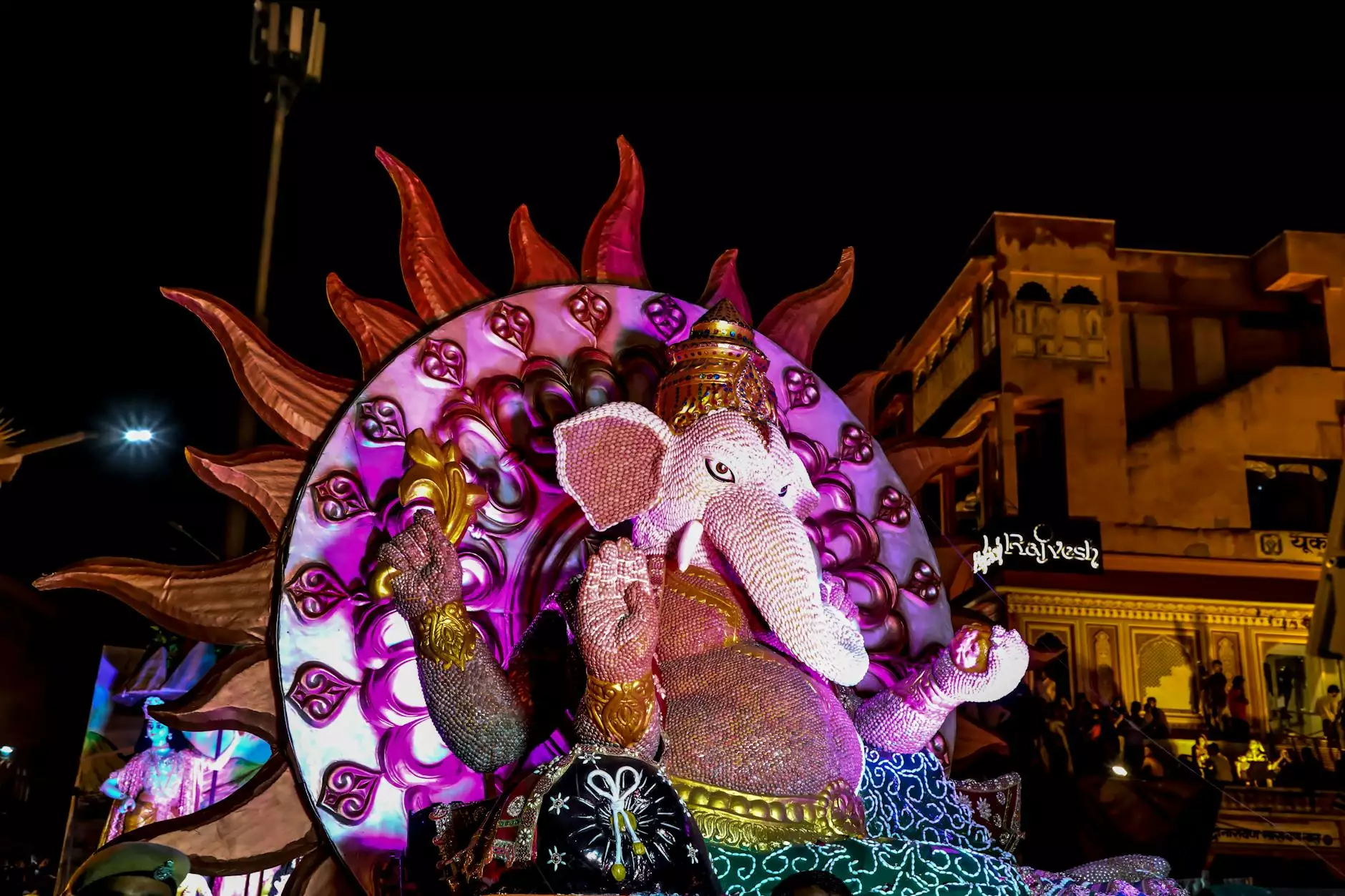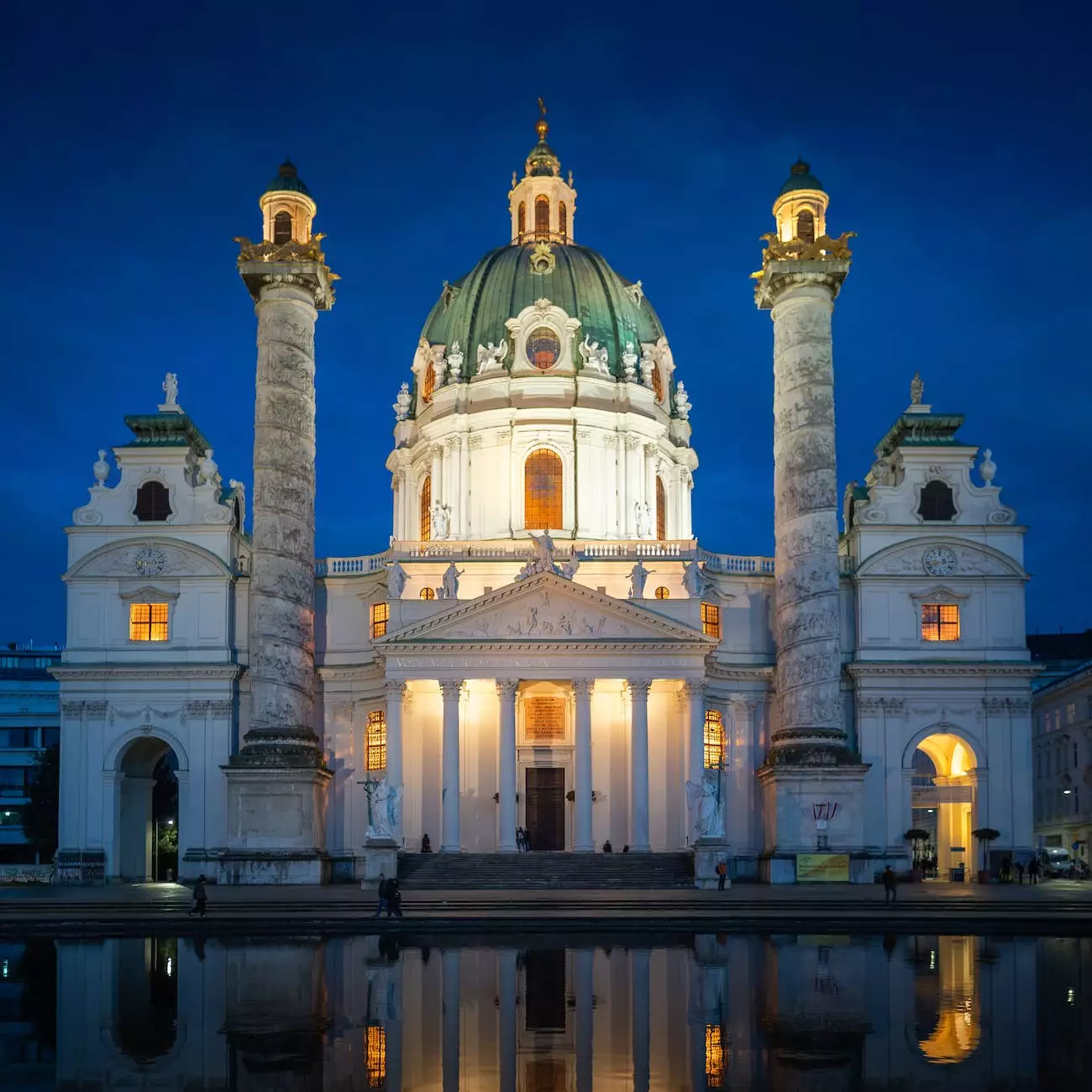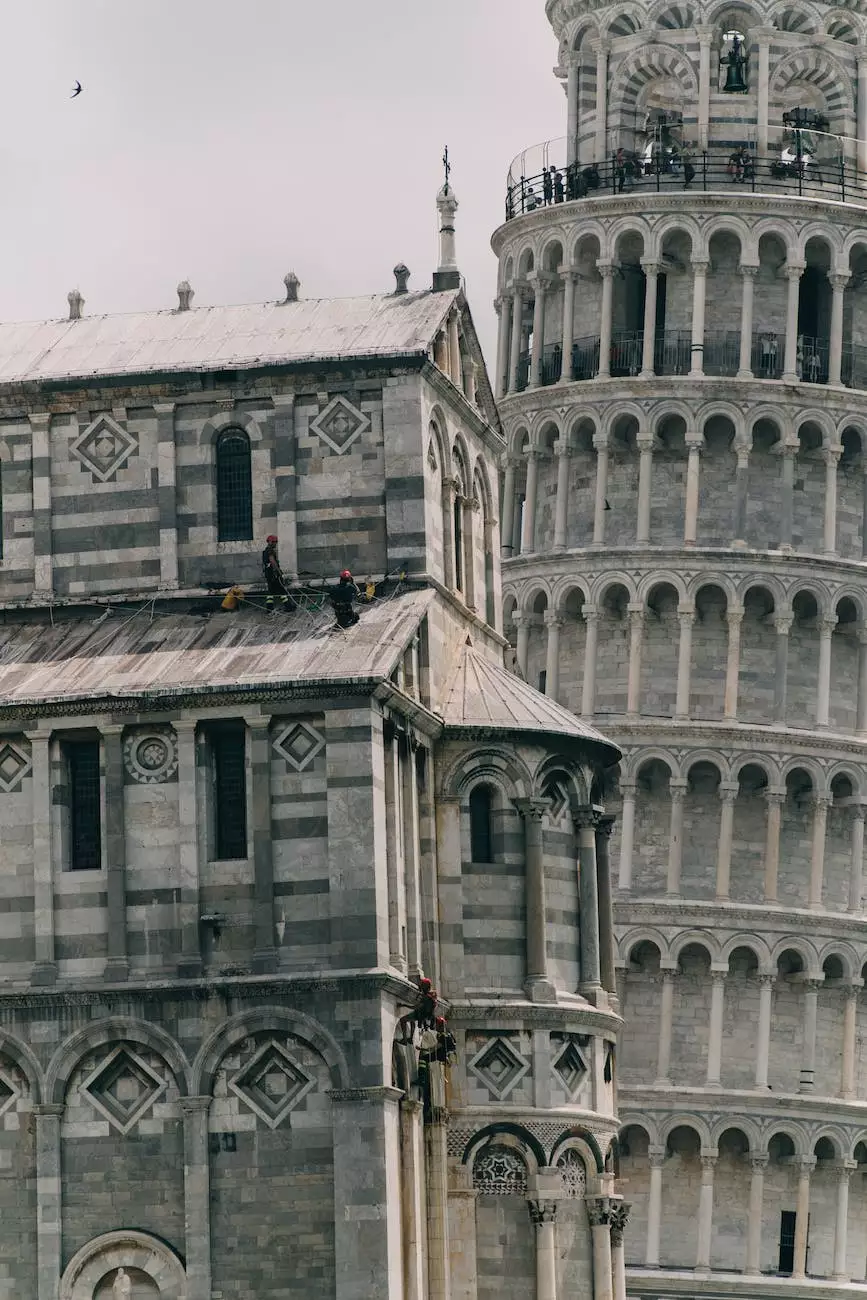The Holy Eucharist - Saint Michael Church
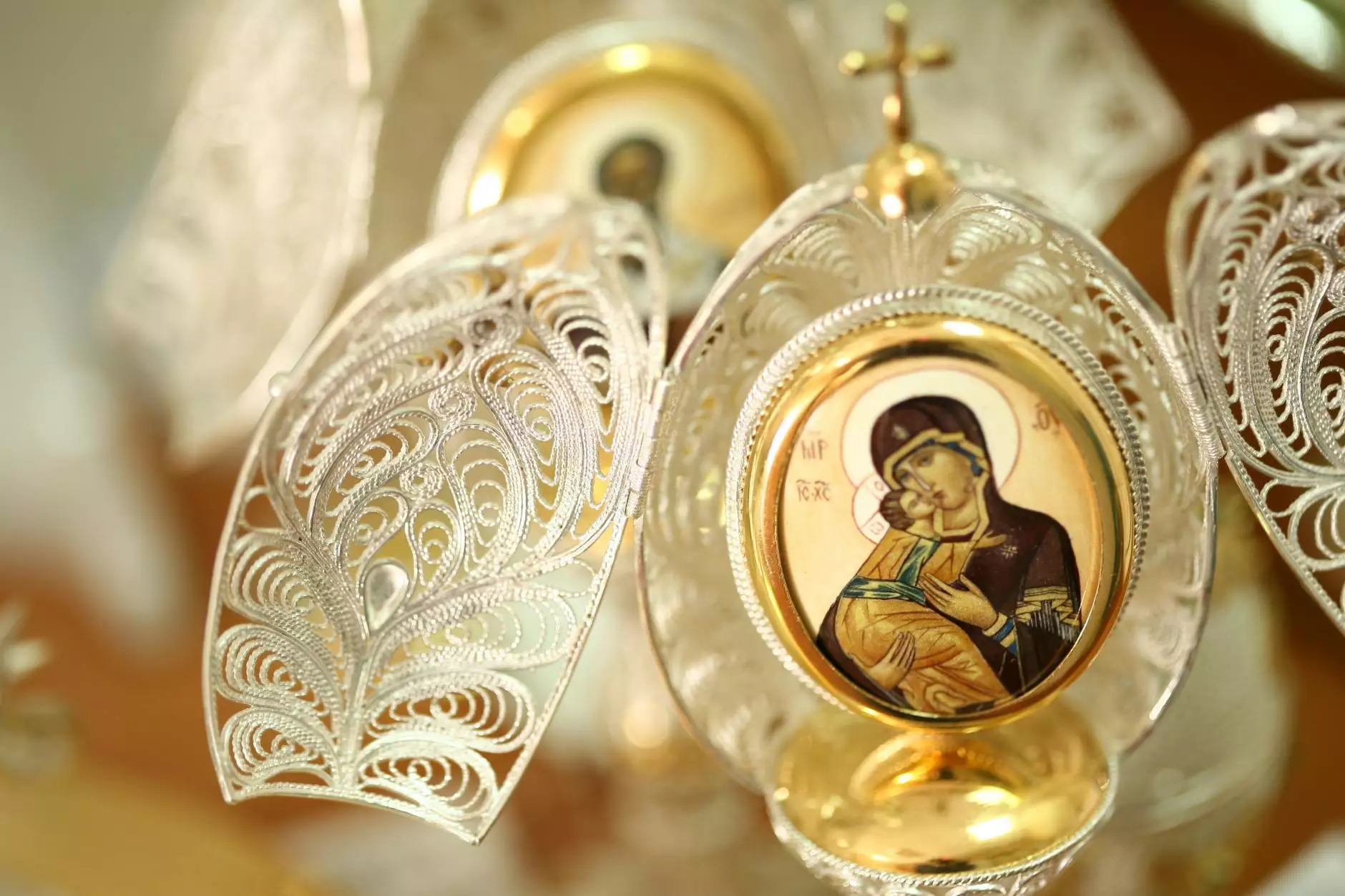
Introduction
Welcome to the page dedicated to understanding the significance of the Holy Eucharist at Saint Michael Church, a faith-centered community within the Lima First Assembly of God.
What is the Holy Eucharist?
The Holy Eucharist, also known as the Lord's Supper, Holy Communion, or the Sacrament of the Altar, is a sacred ritual practiced by Christians around the world. It is a commemoration of the Last Supper, a significant event in Jesus Christ's life where he shared bread and wine with his disciples.
The Holy Eucharist is believed to represent the body and blood of Christ, and it holds profound spiritual and symbolic meaning for believers. Through the act of partaking in the Eucharist, Christians remember and participate in the suffering, death, and resurrection of Jesus.
The Significance of the Holy Eucharist
The Holy Eucharist holds utmost importance in the spiritual journey of a Christian. It is a means of receiving divine grace and experiencing a profound connection with Christ.
By partaking in the Eucharist, believers express their faith in Christ's presence among them, and they strive to deepen their relationship with Him. The Eucharist is seen as a sacrament of unity, bringing together individuals as part of a larger Christian community.
Scriptural Basis and Historical Context
The roots of the Holy Eucharist can be traced back to the accounts of the Last Supper found in the Bible's New Testament. In the books of Matthew, Mark, and Luke, Jesus shares bread and wine with his disciples, instructing them to do the same in remembrance of Him.
This practice of partaking in the Eucharist has been carried forward throughout centuries in various Christian traditions. It has evolved and adapted to cultural contexts, but its essence remains deeply rooted in the teachings of Jesus.
The Elements of the Holy Eucharist
The Holy Eucharist typically consists of two main elements: bread (or a wafer) and wine (or grape juice). These elements are representative of the body and blood of Christ. The specific theological interpretations of the transformation of these elements may differ among Christian denominations, but the overarching symbolism remains in place.
The act of consecration, performed by an ordained minister, is integral to the Eucharistic ritual. Through prayer and specific liturgical practices, the bread and wine are believed to be transformed into the real presence of Christ.
The Eucharist and Worship
The Holy Eucharist is often celebrated during worship services. It is a time of reverence, reflection, and communal participation. The Eucharistic liturgy varies across Christian traditions, incorporating prayers, hymns, and readings from scripture.
For believers, the act of partaking in the Eucharist involves both individual devotion and communal worship. It is an opportunity to seek spiritual nourishment and to draw closer to God and fellow worshippers.
The Holy Eucharist at Saint Michael Church
Saint Michael Church, as an integral part of the Lima First Assembly of God community, values the Holy Eucharist as a sacred practice. We invite you to join us in exploring and embracing the rich significance of the Eucharist in our faith and beliefs.
Our church community is committed to fostering a welcoming environment, where individuals can deepen their understanding and experience of the Holy Eucharist. Through regular worship services, teaching, and fellowship, we aim to strengthen the spiritual connection of our members with Christ.
Conclusion
The Holy Eucharist holds a central place in the worship and spiritual nourishment of the Lima First Assembly of God community at Saint Michael Church. By partaking in this sacred sacrament, we seek to honor the teachings and sacrifice of Jesus Christ, and to grow in faith, unity, and love.


